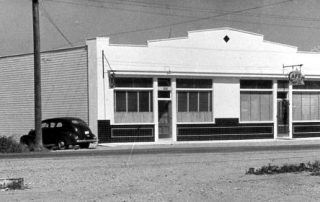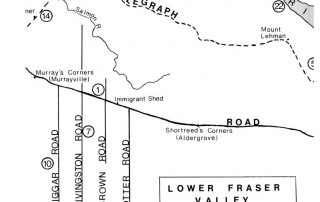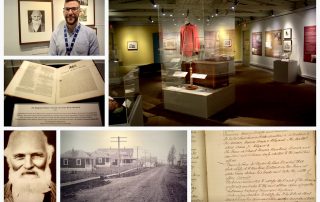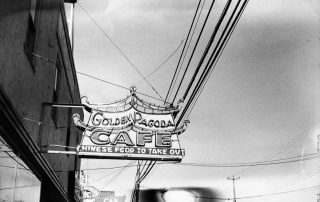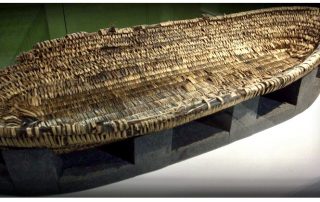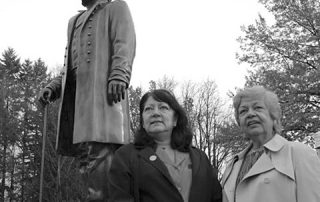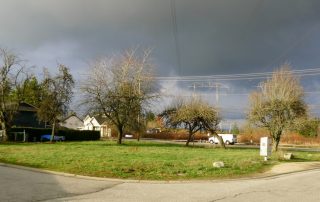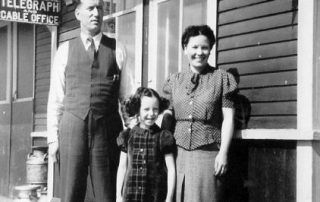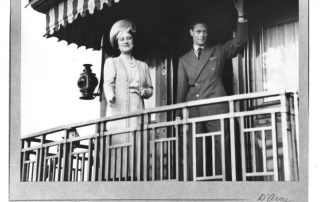Early Spirits on Langley Prairie
B.C. was the first province to regulate the sale of alcohol through government liquor stores, beginning in 1921. Langley Prairie’s first store (today’s Langley City) operated from 1923 to 1933. Former B.C. Liquor Control board employee Ron Hyde helped oversee construction of stores around the province, and sent us these photographs that were destined for the trash heap when the B.C. Liquor Control Board split into the B.C. Liquor Control & Licensing and the Liquor Distribution Branch. A long time historian, Ron never throws away anything of value. Ron says, "The second Langley Prairie store operated from this (above) location from 1933 – 1941. The liquor store is in the slanted corner of the building with some great views of businesses along the street with store signs etc. The liquor store windows have curtains on them which was a requirement by the B.C. Liquor Control Board on all their [...]

